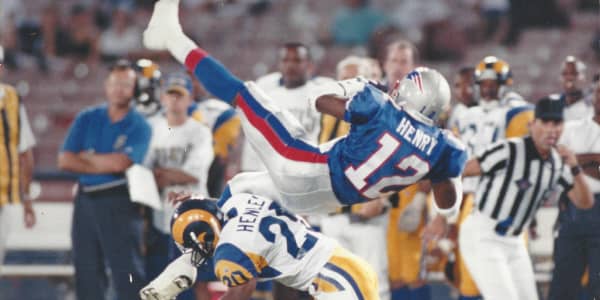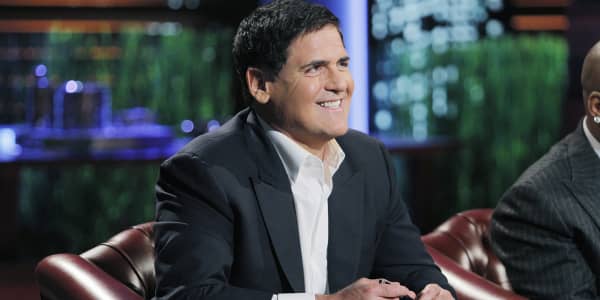
When Greg Kenneally, now 27, became the expert on lacrosse stick maintenance during his college years, few could imagine he was shaping his own career path.
Back in 2011, Greg and his twin brother, Mike, were accounting majors in their senior year at Elizabethtown College in Pennsylvania. Both were on the lacrosse team.
As the team's "stick doctor," Greg would dye and string lacrosse sticks for friends. Eventually, his client base grew such that he would sell his work on eBay.
The turning point was when he created a waterproof wax-coated lacrosse mesh that year.
The development laid the groundwork for the creation of East Coast Dyes, a manufacturer of high-end lacrosse products in Towson, Maryland. It's a company that has grown from the twins' basement to a 21,000-square-foot warehouse with 30 employees.
Humble beginnings
"There wasn't really any high-end product [for lacrosse mesh]; everyone used the same product," said Mike Kenneally, vice president and co-founder of East Coast Dyes.
"We coated ours in wax, and carved out a niche for a higher price point and a higher-quality mesh," he said.
By 2012, the twins were juggling graduate school at Towson University and preparing tax returns at their father's accounting firm. Greg would spend his free time making and selling his wax-coated lacrosse mesh, staying up until 2 a.m. to make sure he could meet clients' orders.
That's when Mike jumped in. "He initially had too much work to do, and that's how I stepped up and made it a partnership," he said.
In order to seal the deal, each twin chipped in about $3,000 and established East Coast Dyes' home office in the basement and living room.
This allowed them to keep costs down and ensure that every penny they made from sales went back into the business.
"Half of the house was the business: We had no overhead and we didn't pay utilities," said Mike. "We had no costs except for our time and the cost of the materials."
For two years, any money that the company made was reinvested in the business. Mike declined to share the firm's revenue today.
Calculated risks
Though East Coast Dyes gained its foothold in the sports equipment world through its wax-coated mesh, Greg and Mike wanted to stretch into lacrosse shafts in 2014.
It was a risky maneuver.
"The big players in that are Under Armor and Nike," said Mike. "I sat with our retail partners, and they said it was a bad idea and to stay with just the mesh."
Mike pushed back, asserting that the company had a good product — and he was willing to put a lot on the line in order to make his point.
East Coast Dyes purchased an inventory of lacrosse shafts, and Mike told the retailers that if the sticks didn't sell, he'd take the merchandise back.
"They sold out in about a month," said Mike. "It's a scary moment when you dump your money and say that you'll take it back if it doesn't sell."
Half of the house was the business: We had no overhead and we didn't pay utilities. We had no costs except for our time and the cost of the materials.Mike Kenneallyvice president and co-founder, East Coast Dyes
It's a risk that paid off. The company has since expanded into other products, releasing its first lacrosse head last fall and debuting two more this year.
"Finding the next big lacrosse product is the goal, making sure that we're ahead of the trend," said Mike. "I'd say we want to dominate what we're doing before we step out into something else."
Boot-strapping your business
Accountants by training, Mike and Greg attribute their company's success to their financial know-how and willingness to keep costs low.
Entrepreneurs shouldn't be afraid to jump into a small business without any investors, Mike said.
"We're fortunate in that we own the company 100 percent ourselves; it enables us to have the freedom to do what we want," he said.
"Staying in our house, having low costs and boot-strapping the company was a really smart decision instead of getting investors right away," Mike said.





